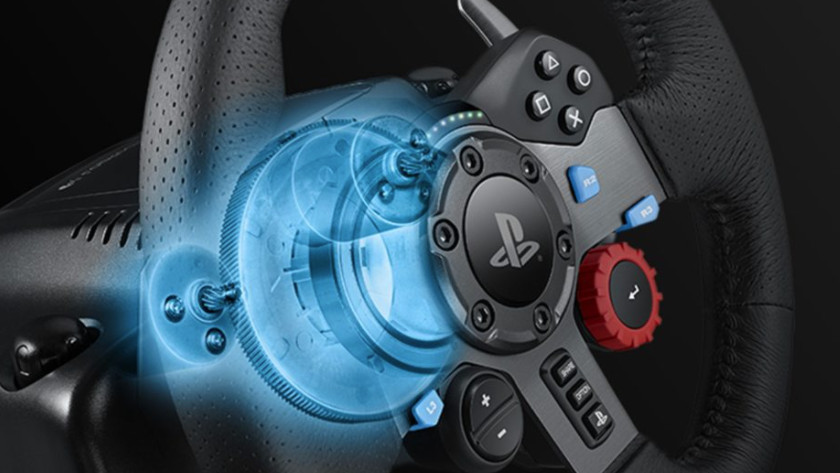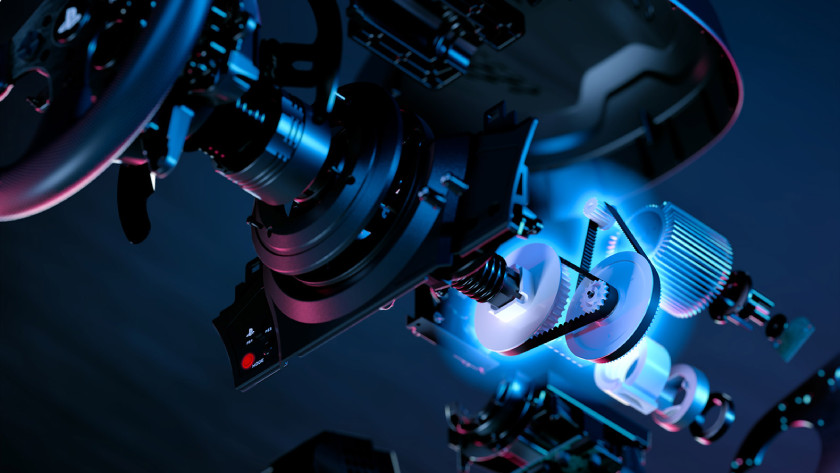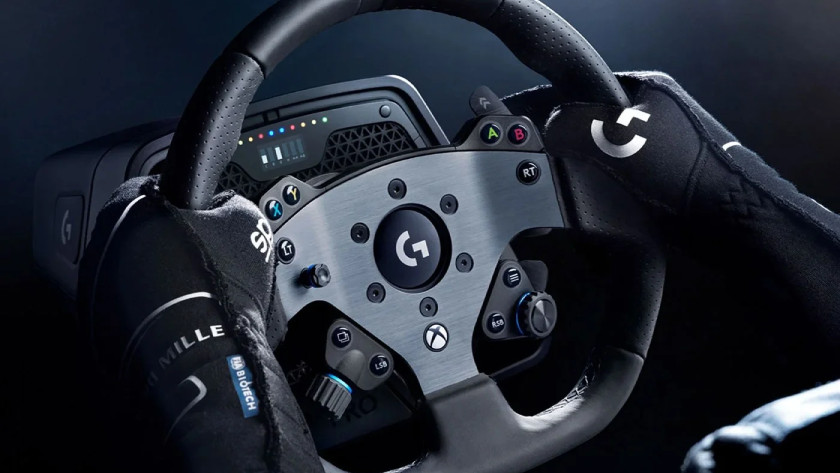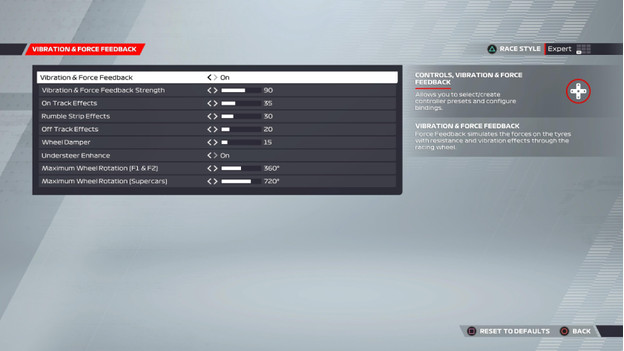
What's force feedback?
Special shock effects in your racing wheel

Almost every racing wheel has force feedback. This feedback provides resistance in your wheel while you race. That way, it'll feel like you're behind the wheel yourself. Do you drive off the track, for example? The racing wheel will vibrate because you drive over gravel. There are different types of force feedback. These systems differ in intensity and smoothness. We'll tell you what these differences are in this article.
Indirect drive systems

Gear-driven
With gear-driven force feedback, gears directly transfer the power of the motor to the steering wheel. This system is more reliable and durable than belt-driven force feedback, because parts wear less quickly. These racing wheels are also more affordable. The force feedback feels less smooth, because of the direct contact of the gears. Due to this, gear-driven racing wheels are often louder than belt-driven racing wheels.

Belt-driven force feedback
Belt-driven force feedback transfers the rotating movement from the motor to the steering wheel with one or more belts. This method works smoother and quieter than gear-driven force feedback, because there's no contact between metals. These racing wheels have a good balance between price and performance. A disadvantage is that belt-driven wheels have a small delay in force feedback. The belts also wear, which makes your racing wheel less durable.
Direct drive systems

Magnetic sensors
This technology accurately measures the position of the racing wheel. The sensors do this without physical contact. Thanks to this, the sensors won't wear. This technology is also known as H.E.A.R.T. Magnetic sensors are often found together with belt-driven or gear-driven systems. Thanks to the precise measurement of the wheel position, you'll receive accurate and smooth feedback. Racing wheels with magnetic sensors are often more expensive.

Direct Drive
With Direct Drive, you don't have belts, gears, or other indirect drive systems. The motor is attached to the steering wheel. This provides the most accurate and realistic force feedback to get the best racing experience. You're not bothered by delays. Direct Drive provides the most powerful force feedback. These racing wheels are the most expensive ones in the market. You also have to firmly attach these racing wheels.
How do you adjust force feedback?

You can adjust the force feedback to your liking on every racing wheel. You can increase or decrease the feedback, for example. You can adjust these settings in-game or via software on your PC. It's important that you test the force feedback extensively. This way, you know exactly what suits you best. In the article below, you can read how you adjust this force feedback in games like F1.
Conclusion
There's the right force feedback for every type of racer. Are you a beginner? Choose a gear system. These wheels are more affordable and have good force feedback. With belt-driven force feedback, you have more control over your race. For a better experience, choose magnetic sensors. These don't wear and last longer. Do you want the best quality? Choose a Direct Drive racing wheel.


